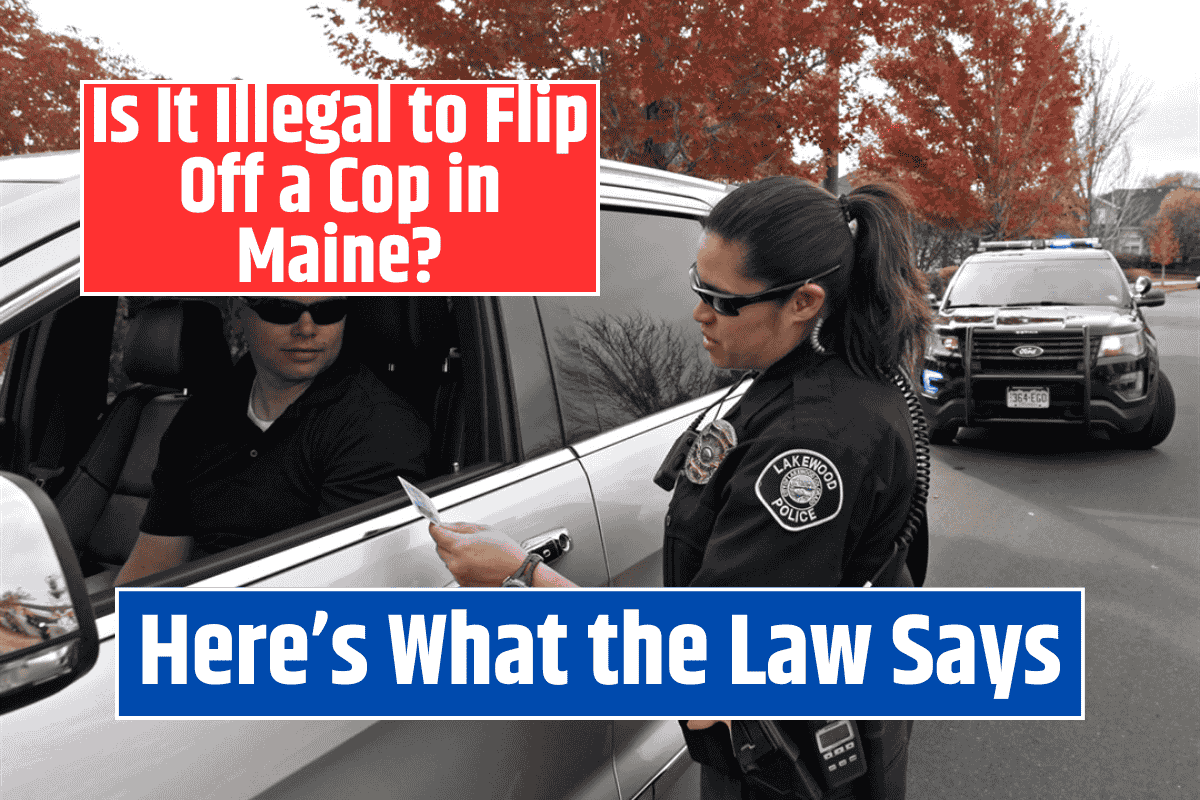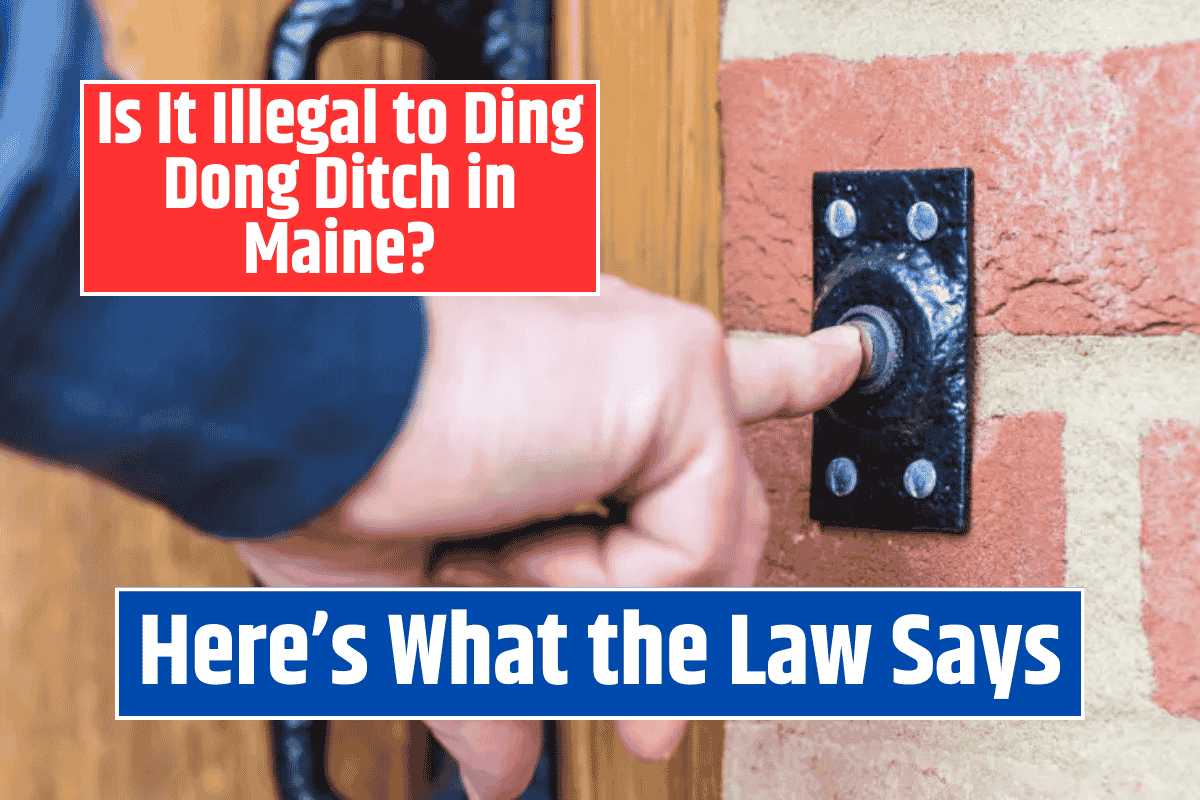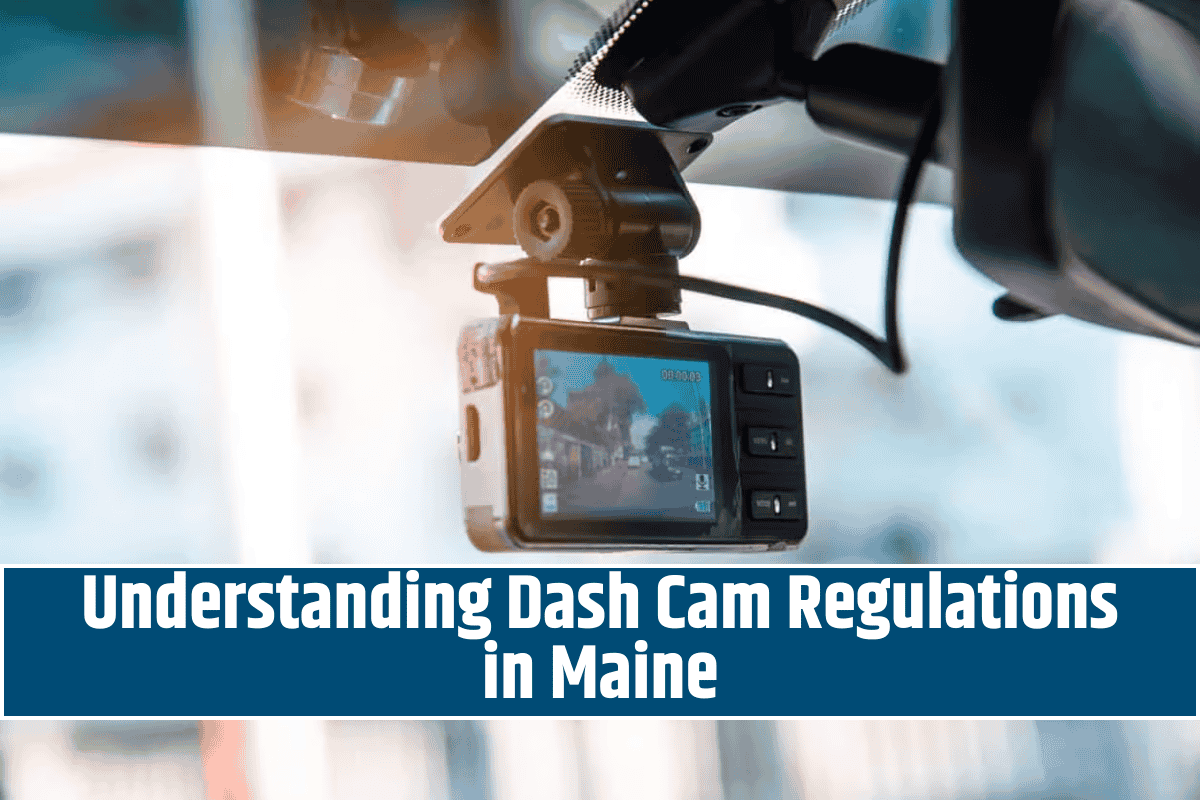Dashcams are now quite common on roads across West Virginia. These small cameras record what’s happening while you drive, helping in case of accidents or arguments.
But before you put one in your car, it’s important to know the rules. This guide will explain if dashcams are legal in West Virginia, where you should install them, and what benefits and problems come with using one.
Are Dashcams Legal in West Virginia?
Yes, dashcams are legal in West Virginia. You’re allowed to use them in your car, but you must follow certain rules. The main law to keep in mind is that your dashcam should not block your view of the road.
What the Law Says
According to West Virginia law (WV Code § 17C-15-36), you cannot have any object—like posters or dashcams—that blocks your clear view through the windshield or windows. This means you can use a dashcam, but only if it’s placed where it doesn’t create a blind spot or distraction.
Where to Place Your Dashcam
To stay legal, place your dashcam near your rearview mirror or at the bottom corners of your windshield. Avoid putting it in the middle or too high up, as that could block your vision and lead to fines.
What Is a Dashcam and How Does It Work?
A dashcam is a small camera that records the road while you drive. It usually sticks to the inside of your windshield. Some dashcams also record the back view or inside the car. The videos are saved on a memory card and can be reviewed later. They’re useful when something goes wrong on the road.
Features of Modern Dashcams
Most modern dashcams have features like:
HD video recording
Night vision
Motion detection
Loop recording (automatically deletes old videos to save space)
Some even connect to your phone, so you can view or save footage easily.
Types of Dashcams
Front-Only Dashcams
These record what happens in front of your vehicle. They’re good for capturing road accidents or traffic violations.
Dual Dashcams
These record both front and rear views. They offer better coverage, especially helpful in rear-end crashes or hit-and-run situations.
Benefits of Using Dashcams
Evidence in Accidents
Dashcams can show what happened before, during, and after an accident. This can help prove who was at fault and support your insurance claim.
Protecting Your Car
Some dashcams stay on even when your car is off. They can record if someone tries to break into or damage your car.
Improving Your Driving
Watching your dashcam footage can help you see mistakes and improve your driving. Some insurance companies might even give discounts for safe driving if you share the footage.
Downsides of Dashcams
Footage Could Be Used Against You
If you’re in an accident and it’s your fault, the dashcam footage can be used by the other side to prove it.
Possible Distraction
Some dashcams have screens that can distract you if you keep checking them while driving. This can be risky.
Limited View
Dashcams only record where the camera is facing. Unless you have a dual dashcam, you won’t capture what’s happening on the sides or behind your vehicle.
Dashcams can be a smart tool for drivers in West Virginia. They’re legal to use, as long as they don’t block your view. They can help prove who’s at fault in an accident, improve your driving, and protect your vehicle. But you should also know the risks—like distraction or the chance the footage could work against you.
Always place your dashcam carefully and use it wisely for the best results.












